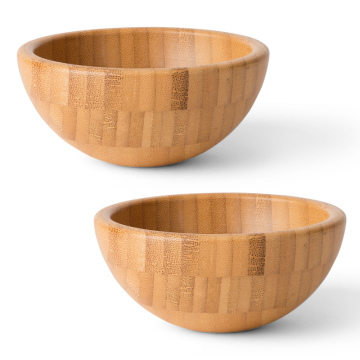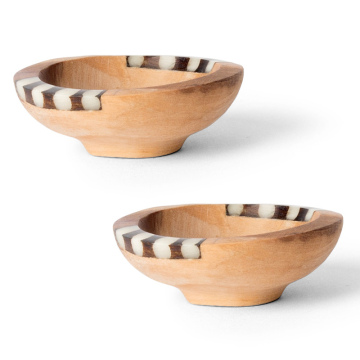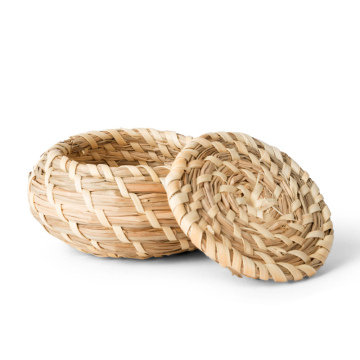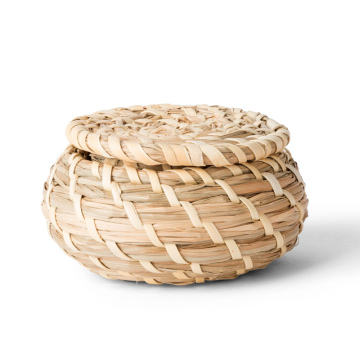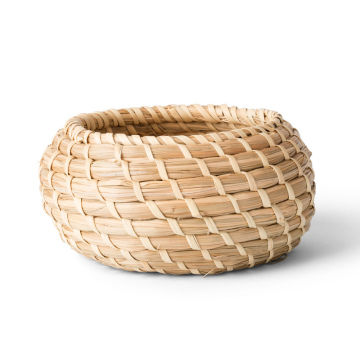Savoring Unagi: A Flavorful Journey Through Japan
The Cultural Significance of Unagi in Japan
Unagi, or grilled eel, holds a prestigious place within Japanese cuisine, steeped in a rich history that spans centuries. Its significance is not merely culinary; it embodies a profound connection to seasonal practices and cultural traditions within Japan. The consumption of unagi traditionally peaks during the summer months, particularly during the Doyo no Ushi no Hi, a day that signifies the arrival of the hot season. On this day, people eat unagi to gain stamina and increase their vitality, countering the summer heat. This practice showcases how unagi is intertwined with the seasonal rhythms of Japan, reflecting a deep respect for nature's cycles.
Historically, unagi has been regarded as a delicacy among the Japanese aristocracy. Records indicate that unagi was consumed as early as the 8th century, with its preparation methods evolving over time. The introduction of unagi as a staple in Japanese cuisine can be traced back to the Edo period (1603-1868), when it became popular among the urban populace. The development of specialized unagi restaurants, particularly in cities like Tokyo, marked a significant shift in the culinary landscape, highlighting the gastronomic appeal of this unique ingredient.
Moreover, unagi is rich in symbolism within Japanese culture, often representing perseverance and adaptability. The eel's ability to thrive in both freshwater and saltwater is mirrored in the Japanese ethos of overcoming adversity and embracing change. This profound symbolism reinforces unagi's place as more than just food; it serves as a reminder of the resilience found in both nature and human spirit. Thus, unagi extends beyond mere sustenance, acting as a cultural thread that weaves together Japan’s historical narratives, seasonal traditions, and culinary ingenuity.
The Art of Preparing Unagi: Techniques and Traditions
Unagi, or freshwater eel, is a revered dish in Japanese cuisine, celebrated for its unique flavor and rich nutritional value. The preparation of unagi involves a meticulous process that combines age-old traditions with modern culinary techniques. The sourcing of unagi is of utmost importance; it is primarily harvested from rivers and lakes in various regions of Japan, with a focus on sustainability. Farmers often utilize specific breeding practices to ensure the quality and freshness of the eel. Without a doubt, this farm-to-table approach is central to the authenticity and flavor integrity of the dish.
One of the most iconic methods of cooking unagi is known as kabayaki. This technique involves filleting the eel, skewering it, and then grilling it over charcoal. The grilling process enhances the flavor, resulting in tender, smoky flesh with a slightly crispy exterior. During the grilling, the eel is brushed with a sweet soy-based sauce called tare, typically made from a blend of soy sauce, mirin, and sugar. This special sauce not only adds a rich depth of flavor but also serves to glaze the eel beautifully, creating an enticing finish.
Regional variations in unagi preparation also contribute to its rich tapestry of flavors. For instance, in the Kanto region, unagi is often steamed before grilling, while in the Kansai region, it is grilled directly, offering distinct textures and tastes. Furthermore, traditional tools such as the unagi grill (known as shichirin) and bamboo skewers are often utilized by master chefs to achieve the perfect level of doneness and flavor infusion. Each step in the preparation of unagi requires an extraordinary level of skill, as chefs must balance the tenderness of the eel with the complexities of the seasoning and cooking techniques.
The art of preparing unagi transcends mere cooking; it is a celebration of craftsmanship, culture, and flavor that remains an integral part of Japanese gastronomy. Through its intricate techniques and traditions, unagi continues to entice and satisfy diners, providing them with a truly unique culinary experience.
Unagi Dishes Around Japan: A Culinary Tour
Japan boasts a rich culinary landscape, and unagi, or freshwater eel, holds a special place in this gastronomic tapestry. The versatility of unagi allows for a wide array of dishes that invite exploration. One of the most iconic preparations is unadon, a delectable eel rice bowl. This dish features grilled eel glazed with a sweet soy sauce-based tare, served over a bed of steamed rice. Regions such as Tokyo and Nagoya offer their own distinctive twists, making unadon a must-try for visitors and locals alike.
Another popular dish is unagi sushi, which has gained traction in sushi restaurants throughout Japan. The preparation involves grilling the eel and serving it on top of vinegared rice, often garnished with wasabi or shiso leaves. Eateries specializing in unagi sushi can be found in bustling cities like Osaka and Kyoto, where chefs have refined the art of eel preparation over generations.
Yakinan, or grilled unagi skewers, is another delightful option available in street food markets and specialized restaurants. These skewers are often seasoned with a blend of salt and tare, offering a smoky and savory flavor profile. Regions along the rivers, where the eels are sourced, such as the Kanto area, celebrate this dish with fervor.
The seasonings and accompaniments play a significant role in enhancing the unagi diner's culinary experience. While tare sauce is the most common dressing, regional variations exist that incorporate local ingredients and flavor profiles. For instance, some areas may serve unagi with a sprinkling of sansho pepper or alongside a refreshing dipping sauce. Harvest season often brings unagi with distinct flavor characteristics, as local chefs adapt their dishes to showcase the best of what the waters provide. Exploring unagi dishes across Japan not only delights the palate but also offers a glimpse into the culture and culinary traditions surrounding this cherished ingredient.
Savoring Unagi: Tips for a Memorable Dining Experience
When it comes to enjoying unagi, a quintessential Japanese delicacy, a few key tips can transform your dining culinary experience from satisfactory to memorable. First and foremost, selecting the right restaurant is essential. Look for establishments that specialize in unagi, often referred to as unagi-ya. These establishments usually feature an open grill where the eels are prepared, allowing patrons to culinary experience not only the taste but also the fragrant aroma of grilled unagi. Seek out places that use fresh, high-quality eels, as the freshness significantly enhances the flavor profile.
Understanding the menu options is equally important. Unagi is typically served in various forms, including unadon (grilled eel served over rice) and unagi sushi. When visiting an unagi restaurant, consider trying the unadon as a way to appreciate the natural richness of the eel. Additionally, inquire about regional variations of unagi, as preparations and sauces may differ across Japan. Look for menus featuring kabayaki, where the eel is grilled and coated with a sweet soy sauce glaze. This particular style elevates the dish with a delightful blend of savory and sweet flavors.
Etiquette plays a significant role during a culinary traditional unagi meal. It is customary to first admire the presentation before savoring the dish. When eating unagi, use chopsticks and avoid over-drenching it with sauce; instead, let the flavors unfold naturally. Pairing unagi with the right beverages, such as junmai or honjozo sake, can enhance the experience. The clean, crisp flavors of sake provide a perfect counterbalance to the richness of the eel, creating a harmonious meal. Sharing personal experiences about unagi can also enrich your understanding and appreciation, whether it’s a cherished memory of enjoying unagi in a bustling city or a quiet rural setting. Embrace the journey, and leave space for exploration on your next unagi adventure.



